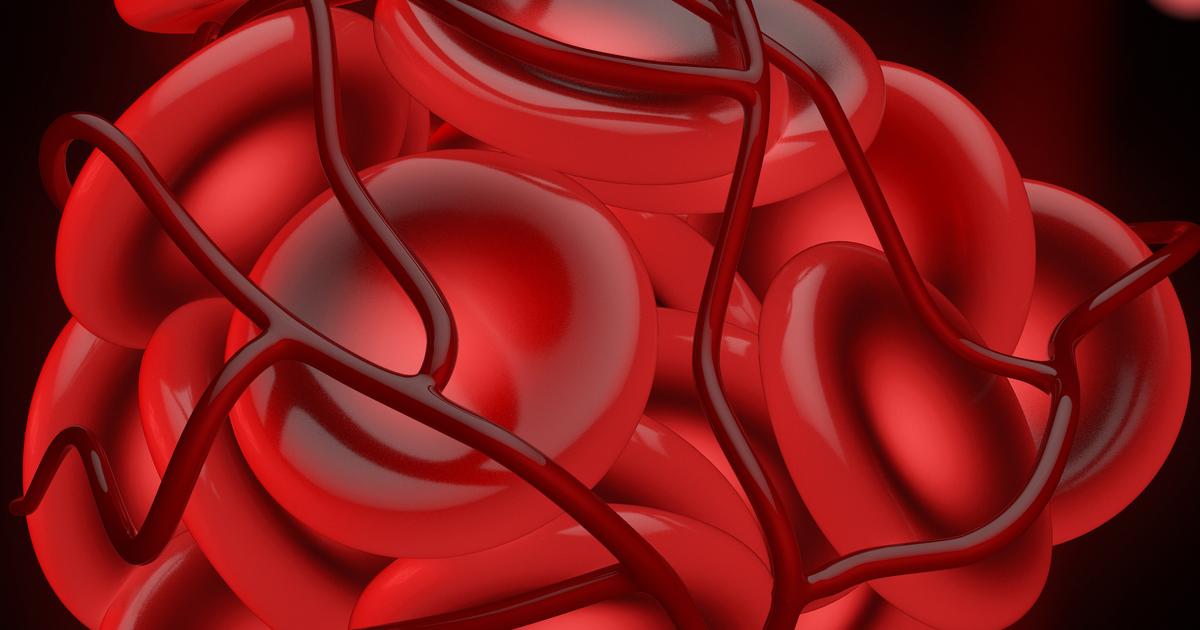Risk Factors And Causes Of Compartment Syndrome
Compartment syndrome happens when part of the arms or legs comes under increasing pressure due to an injury. The bone, muscles, and connective tissue in the arms and legs are found in enclosed spaces in the body. The pressure from an injury may cause such swelling that it compresses nerves and blood vessels to the point where they can no longer work the way they should. When that happens, it can lead to permanent nerve damage and the death of muscle and even bone. Though it is rare, some individuals with untreated compartment syndrome have lost limbs.
Crush Injuries

Crush injuries are deceptive because sometimes their only symptom is a bruise on the skin. They happen when force is transmitted from the exterior of the body into its interior. They can result in the crushing of the muscles, bones, and other structures within the area. The muscles can also rupture and start to bleed internally, and the build-up of blood can eventually lead to tissue damage. Muscles may also protrude through the damaged membrane that encloses the area. This is called a rupture or a hernia and may cause the patient significant pain. The danger with injuries that don’t cause that much pain is that they can lead to complications such as compartment syndrome if they are ignored.
Wearing A Cast Or Tight Bandage

As with crush injuries, wearing a cast or tight bandage can compress nerves and blood vessels to the point of damage, which can then lead to compartment syndrome. This is one reason why doctors who put casts on broken limbs leave the toes or fingers exposed. Their coloring and functioning can let the doctor know if they are getting adequate blood flow and if the nerves that control them are responding normally. If the extremities are discolored, numb, cold, or tingling, the doctor knows the bandage or the cast is too tight and can adjust it. However, if the fingers or toes are burned, they will need to be covered as well.
Severely Bruised Muscle

If there are injuries to the bones or joints, the muscles they are attached to are very likely to be injured as well. One sign of a severely bruised muscle is a contusion or a bruise over the area. The area may start to swell immediately or may not start to swell for as long as forty-eight hours after the injury. The reason for the swelling is the blood collecting beneath the skin or in the bruised muscle. Eventually, a blood clot or hematoma forms at the injury site and a black and blue mark begins to take shape as the blood seeps into the surrounding tissue. The actual color may be more blue to purplish red, and the color changes over time to a sort of brownish-yellow. A large black and blue mark can mean serious blood loss and tissue damage and needs medical attention. It could lead to compartment syndrome if it's not treated.
Fractures

There are different kinds of fractures, and nearly all of them can put the patient at risk for compartment syndrome. The fracture can be complete, which means the bone is broken through. They can be incomplete, meaning the bone has suffered a crack. An open fracture means the bone has penetrated the skin. The individual will feel an intense pain that doesn’t go away with rest, and their arm or leg may be deformed. There may be bleeding and bruising at the fracture site, and if the fracture is in a leg, the leg won’t be able to bear the individual's weight. If the person can’t feel the limb beneath the fracture or they feel tingling or numbness, it probably indicates nerve damage. This is a medical emergency.
Burns

As there are different types of fractures, there are different types of burns. A first-degree burn only affects the very top layers of skin and probably doesn’t put the individual at risk for compartment syndrome. They are painful and may cause swelling, but they heal without scarring. A deeper burn might make compartment syndrome more likely. A second-degree burn affects the deeper skin layers and causes intense pain and blisters as the plasma and fluids from the tissues are released into the epidermis. Though it is quite painful, a second-degree burn also heals without scarring. A third-degree burn is a full thickness burn that damages all the layers of the skin and may reach the bone. The skin may be charred, but there may be surprisingly little pain due to nerve damage. A third-degree burn causes scars when it heals.
Anticoagulant Therapy

Individuals undergoing anticoagulant therapy are at an increased risk of developing compartment syndrome as a complication of their medication. Anticoagulants are medications utilized to help prevent the formation of new blood clots by disabling one or more of the clotting factors or proteins in the blood that play critical roles in the process of blood clotting. However, these medications do not only stop inappropriate blood clots from forming, but they also prevent the formation of blood clots that are appropriate and necessary. When an individual on long-term anticoagulation medication sustains minor trauma to the body like a pulled muscle or a bone fracture, the injured tissues can hemorrhage into the adjacent tissues and compartments. Compartments are groups of muscles or organs in the body surrounded by strong webs of fascia or connective tissue. The fascia does not allow for easy expansion in situations where pressure builds up inside of a compartment. When a patient on anticoagulant therapy becomes injured and develops a resulting hemorrhage, the pressure increases inside of the affected compartment due to the accumulation of blood and causes compartment syndrome.
Rigorous Exercise

Compartment syndrome can be caused by rigorous exercise when an individual regularly engages in such activities. The variation of this condition caused by vigorous exercise is called chronic exertional compartment syndrome. This type of compartment syndrome is most common in young individuals and athletes who engage in activities involving repetitive impact. The exact mechanism of how this type of physical activity causes the development of compartment syndrome is not clear. It is known to be associated with the expansion in the volume of the muscles when they are exercised intensely and regularly. Some affected individuals may have high venous pressure in the affected compartment, or they may have muscles that excessively enlarge as a result of exercise. Some individuals may have an abnormally tough and inflexible fascia that makes up the affected compartment. An affected individual's muscles and or tissues in the compartment expand with exercise, and the surrounding connective tissue or fascia does not. This mechanism causes compartment syndrome or a pressure increase inside of the affected compartment, resulting in an impairment of blood circulation to the nerves and muscles.
Blood Vessel Surgery

Some cases of compartment syndrome are caused by the effects of blood vessel surgery performed to repair a damaged blood vessel. When blood flow is restored to a part of the body that has lost blood flow, a mechanism called reperfusion swelling might occur. This type of swelling happens because oxygen is being reintroduced to oxygen-deprived tissues. Cells deprived of oxygen experience a buildup of calcium levels as byproducts from producing ATP in the absence of oxygen. Some cells rupture during the period of oxygen deprivation due to calcium overload, leaving free oxygen reactive species floating around. When a damaged blood vessel is repaired through surgery, the blood flow and oxygen are restored to the area. However, the oxygen reacts with the free radicals that came from the ruptured cells resulting in an influx of immune system components to the site. This immune response is meant to mediate any tissue damage from the reaction of oxygen with free radicals. The inflammation that occurs with this process results in redness and swelling of the affected tissues. When the tissues swell enough and the fascia surrounding them do not, compartment syndrome will occur.
Blood Clots In Arm Or Leg

Some individuals affected by compartment syndrome develop it due to blood clots in their arm or leg. A blood clot is a plug the body forms in response to blood vessel injury to stop bleeding. Several components in an individual's blood are responsible for carrying out the clotting process when necessary. However, some individuals have blood that may form inappropriate clots for no functional purpose due to another disorder or an unknown mechanism. Clots can form in the veins or arteries of an individual's arm or legs. The formation of a clot in a deep vein of an affected individual's leg obstructs the flow of blood back to the heart. This blockage causes the blood to accumulate in the affected limb. When blood accumulates to the extent where it is pushing other tissues against the connective tissue or fascia, the pressure inside can increase and cause compartment syndrome. On the other hand, a blood clot that develops in an individual's artery within the arm or leg can also obstruct blood flow to surrounding tissues. However, the blood in arteries is rich with oxygen and nutrients the cells need. When the cells do not get these nutrients due to a blood clot, they become damaged. The damaged cells summon an immune response that causes inflammation and swelling in the affected area. This inflammatory swelling can also result in the development of compartment syndrome.
Sepsis

Sepsis can cause an affected individual to develop compartment syndrome. Sepsis occurs when an individual's body produces a severe response to an infection. Common precipitators of sepsis include infections that affect the digestive system, bladder, kidney, bloodstream, and lungs. The immune system has an extreme and unbalanced response to one of these infections and results in systemic inflammation that can cause damage to numerous organ systems around the patient's body. Sepsis is most commonly associated with compartment syndrome in an individual's abdomen. Swelling from widespread inflammation of the organs and tissues in the abdomen causes the flow of blood to become compromised in the smallest blood vessels. This malfunction leads to a buildup of fluid in the interstitial space due to fluid exudation from blood vessels. As displaced fluid accumulates in the compartment containing all of the abdominal organs, the pressure against the fascia increases and compartment syndrome is the result.
